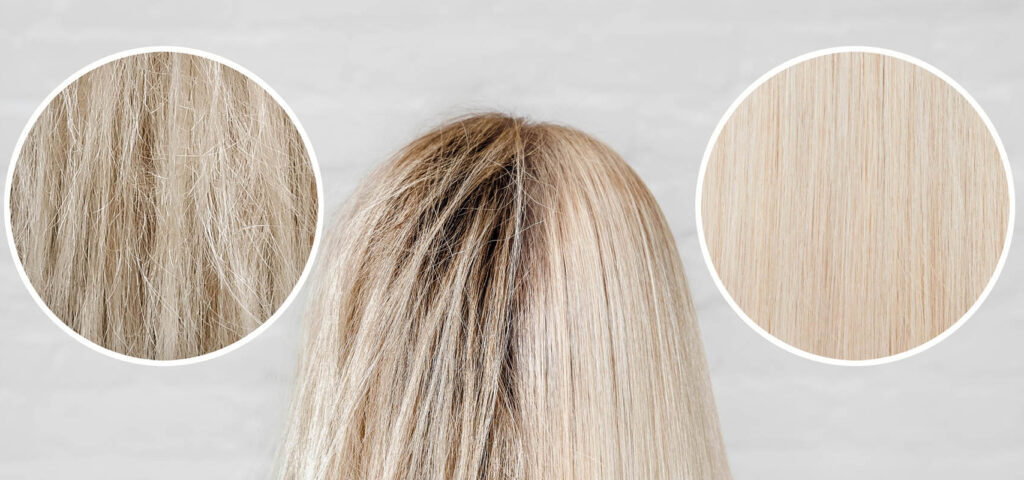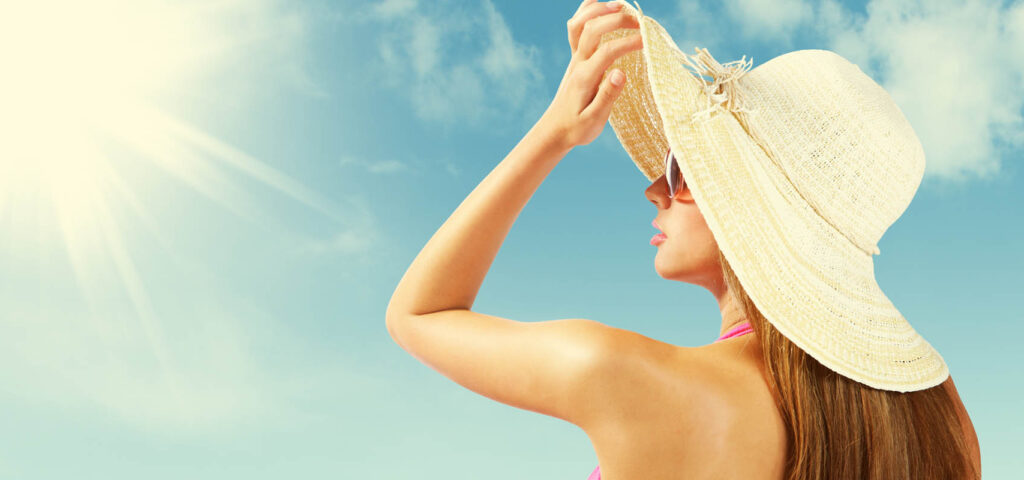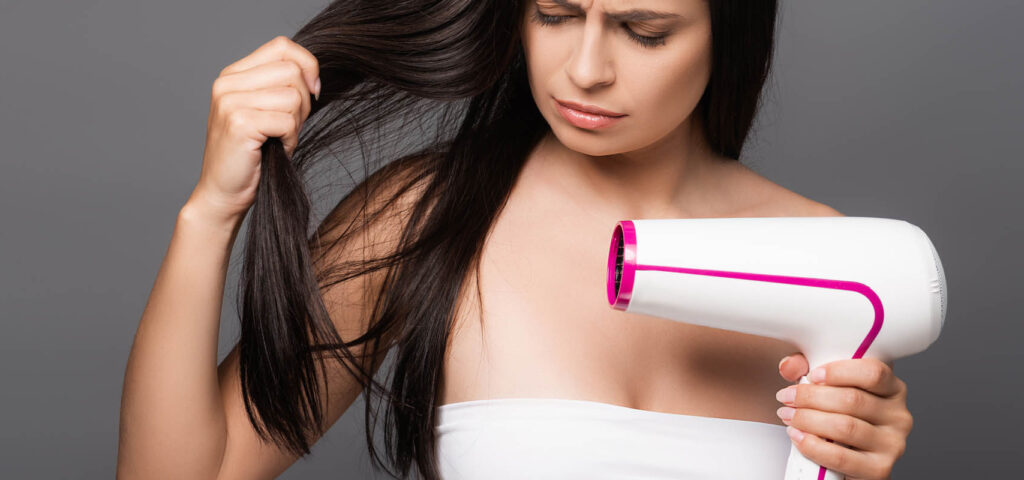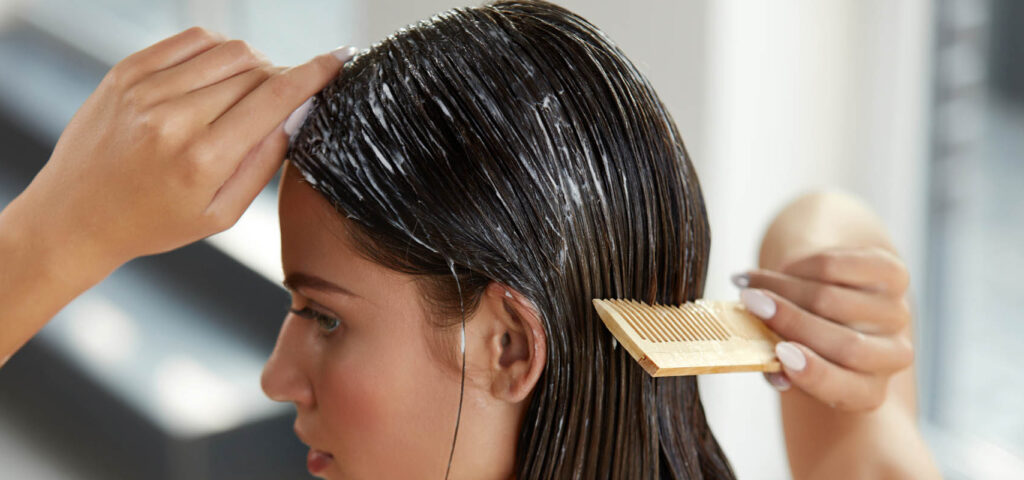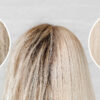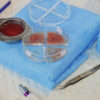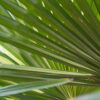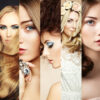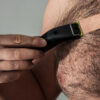Hair is an important part of our appearance and an expression of our individuality. They are also a reflection of the state of our health and the lifestyle we practice. Unfortunately, many of us do not realize how certain habits and behaviors negatively affect the condition of our hair. Every day we expose delicate strands to a number of external factors, leading to their weakening, brittleness, loss, and accelerated graying. It’s high time to take a look at what is damaging our hair and what rituals are worth introducing to take care of the health and beauty of our hair.
Why does our hair get damaged? Degrees of hair porosity
The degree to which our hairstyles are susceptible to negative internal and external factors, their health and appearance are determined primarily by genes. The color, density, quality and type of hair are individual characteristics of each person, inherited from generation to generation. And so, some of us will enjoy a lifetime of low-problem hairstyles that are easy to style, do not frizz and are rarely damaged, while others will still be unhappy with their unruly strands every day, spending dozens of minutes on grooming and styling.
The vulnerability of hair to damage largely depends on its degree of porosity. This is an assessment of the hair’s ability to absorb and hold moisture. The most resilient, healthy-looking and strong hair is low- and medium-porous, with a tendency to low porosity, whose scalp is healthy and has no problems with excessive seborrhea or inflammation. These types of hair have scales that are open to a moderate degree, closely adhering to each other, which allows them to retain the necessary amount of moisture and nutrients and form a protective layer on the strands. They are susceptible to skin care treatments and are easily regenerated and nourished. Owners and holders of this type of hair do not have to worry as much about damage, loss or breaking ends, although in some cases the hairstyle may become electrified or dry.
Read more: How to determine the porosity of the hair? Perform a porosity test
Already a slightly bigger problem arises in the case of medium-porous hair, but with a tendency to increase porosity. Such strands are much more easily damaged at the length and ends, are sometimes dry, lack luster and volume, and are also brittle and fragile. The scalp may become oily. This type of hair is very easy to weaken and deteriorate through improper care and exposure to harmful agents. Medium-porous plus hair shows some characteristics of “high-porosity” hair, such such rapid loss of moisture and valuable nutrients.
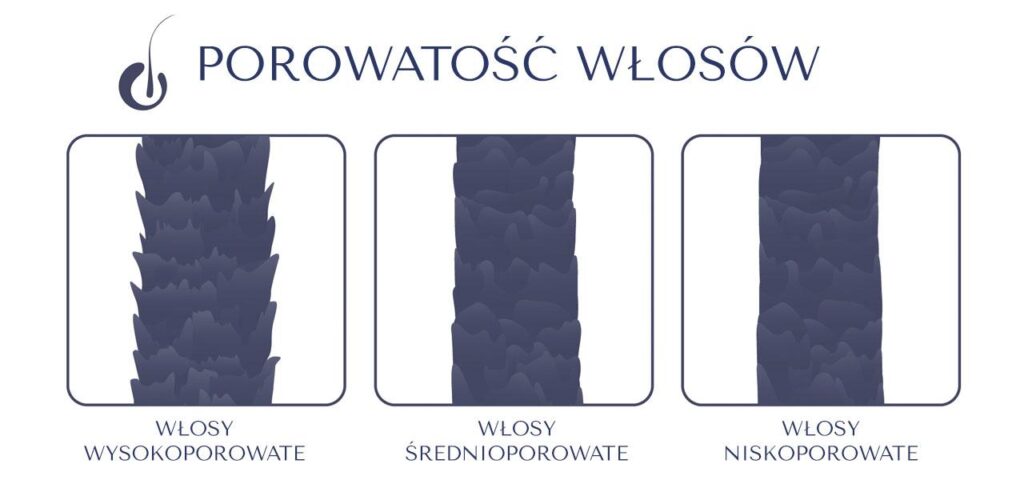
Highly porous hair has scales that are quite significantly split, making its natural protective barrier not very tight. Despite their ease of absorbing moisture and nutrients, they give them up just as easily. Highly porous hair is susceptible to changing weather conditions, quickly fluffs up, dries out, becomes dull and rough. Styling treatments can easily damage the structure of such hair, due to its high sensitization, as a result of which strands begin to break and split. They are not served by high temperatures, coloring, bleaching. Highly porous hair is most often frizzy or wavy, which causes tangling and makes it difficult to comb. Keeping them in a healthy condition requires considerable effort and a lot of work.
Of course, in addition to genetic traits beyond our control, there are a number of other factors that can significantly affect the condition of our hairstyle. It will be our lifestyle, diet, daily habits and hair care rituals adding a brick to the final condition of the hair. Let’s take a closer look at what can particularly harm them.
Exposure to changing weather conditions
Extreme atmospheric fluctuations are one of the factors over which we have little control, but we can develop the habit of thoroughly protecting our hairstyle from the negative effects of the prevailing weather.
Excessive sunlight and hot weather can quite quickly lead to dry hair, faded color, increased brittleness and damage to its structure. Excessive sweating promotes the accumulation of sebum and impurities on the scalp, which can lead to seborrheic problems and inflammation. To protect your hairstyle from the sun, use special cosmetics with UV filters, wear headgear (hats, scarves) and avoid direct exposure to the sun every time. Regular and thorough washing will help to cleanse the scalp of sweat and sebum.
Strong wind is another enemy of healthy hair. Especially long strands, blown by strong gusts, will be prone to tangling, breaking and other mechanical damage. The best solution is to secure your hair with a rubber band or bobby pins every time and protect it with dedicated hair care products, among others. Oils.
Hair is equally adversely affected by cold and dry air in winter and rain and humidity in the transitional seasons. They become dry, brittle, easily frizzy and lose their styling. If you often go outside during such weather, try to properly protect your strands with cosmetics that form a special protective layer on their surface.
Hot styling – drying, straightening, curling
While undoubtedly very convenient, daily heat styling of hair, whether with a blow dryer or other devices, can permanently damage even the healthiest hair. High temperature, which directly affects the strands, contributes to the evaporation of water from the hair, the destruction of its protein structure and higher vulnerability to damage. Similarly, washing the head with hot water will dry and dehydrate the hairstyle, washing away the lipid protective layer. Overuse of heat styling leads to dull hair, brittleness, split ends, frizz and loss of smoothness.
While it would be best to completely avoid the effects of high temperatures on the hairstyle, this is not always possible. To minimize the negative impact of drying or straightening, go for devices that allow you to adjust the degree of heating and set as low as possible. It is also crucial to use special products to protect hair from heat styling, which will help minimize damage to its structure. To compensate for the loss of moisture, it is recommended to apply deep moisturizing masks and oils to the strands, at least twice a week.
Wet combing, sleeping in wet hair
These habits are probably practiced by most of us – combing our hair right after washing or going to bed with strands still damp to save time. Unfortunately, in doing so, we contribute to weakening, increased brittleness and thinning of our hairstyle. Wet hair, with split scales, is much more susceptible to the negative effects of external factors. Particularly unfavorable will be strong combing, with a thick metal brush or comb.
If you don’t have time to wait for strands to dry naturally, try combing them with a rare wooden comb or your fingers. Avoid tugging, pulling and plucking hair. Don’t forget to apply an anti-tangle conditioner. Also, remember not to scrub your wet head with a towel – instead, gently drain excess water and wrap your hair in a natural fabric towel. Before going to bed, wear a special cap to prevent damage or braid strands into a loose braid.
Frequent coloring, bleaching and other chemical treatments
Each of us likes changes in our appearance, but they are not always beneficial to the condition of our hair. Frequent color treatments, the use of dyes containing harmful substances such as ammonia or hydrogen peroxide will soon cause our hair to become thin and begin to fall out. Dyeing usually requires opening the hair’s scales, exposing its internal structure to damage. Strands become dehydrated, dull and dry quickly. Poorly chosen, aggressive coloring products can irritate the scalp, cause allergic reactions and inflammation, leading to baldness. Frequent chemical treatments, perms or bleaching can permanently alter the structure of hair, making it more stiff, brittle and prone to damage.
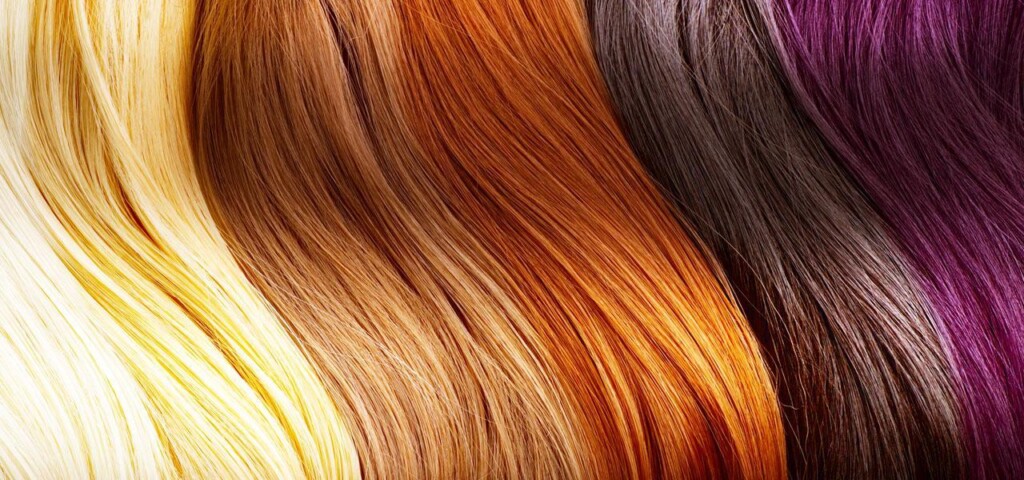
Wanting to enjoy a healthy hairstyle, it is advisable to limit interference with its natural appearance. Instead of forcibly straightening curls or bleaching dark hair, let’s make sure we take the right care to enhance its beauty and give us confidence. If you absolutely must color your strands – go for gentle products, based on natural ingredients, without potentially irritating and chemical substances.
How to rebuild damaged hair?
Although the first step to improving the condition and regeneration of damaged hair is well-planned home care, it may not always be enough. Prolonged exposure of the hair to negative factors, a low-nutrient diet, smoking and frequent coloring can lead to a profound degradation of the hair structure. In such a case, the best option is to visit a specialist – a trichologist, who, after performing tests to assess the condition of the scalp and hair, will offer us individually tailored treatment and procedures.
Modern aesthetic medicine offers a range of non-invasive methods to help achieve the healthy, thick and shiny hair we’ve always dreamed of. Mesotherapy of the scalp, peptide therapy for hair loss, carboxytherapy or various types of peels are just a few treatments that serve to deeply nourish, remodel and moisturize damaged hair. Acting on the scalp, they improve microcirculation, oxygenation and accelerate cell regeneration, which translates into an increase in collagen levels, strengthening hair follicles, stopping hair loss and faster regrowth of new hair.
If you’re worried that you’ll never have a beautiful hairstyle again, and daily hair styling gives you a headache – a visit to a trichologist can help.
